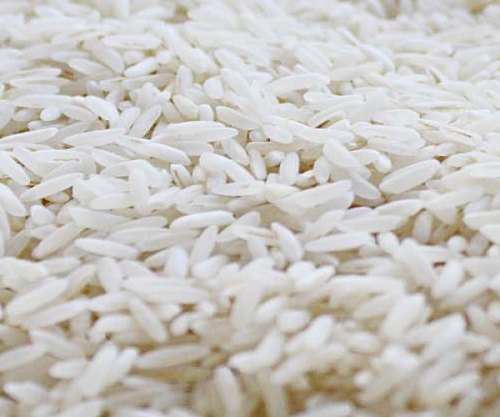Rice is one of the most important food crops on earth
The oldest rice remains found to date, discovered in the north of Thailand, were harvested some 10,000 years ago. At the end of the 17th century, rice finally managed to cross the Atlantic and reach the new world. Japan is also worthy of mention, beginning to grow rice in 300BC. The Japanese nation today consumes only half as much rice as the Chinese.
Rice is one of the most important useful plants on earth and serves as the basis for life for half the world’s population. Thus it is hardly surprising that countless myths and rituals – particularly in Asia – pay tribute to this ‘divine’ plant, which is regarded as being a general symbol of immortality, soul food, power and fame, and not least stands for happiness and fertility: even in some European countries, it is still tradition today to throw rice over bridal couples after the wedding ceremony.
Rice: one of the oldest grains to be grown by man
Scientific finds have corroborated this fact again and again. The discovery of the “Spirit Cave” in mountainous country in northern Thailand, for example, was a sensation. This cave housed rice remains which were harvested some 10,000 years ago and filled into vessels as part of a ceremonious ritual.
From south east Asia, rice-growing traditions spread over India and Persia to the fertile plains alongside the Euphrates river, and from thence to Egypt. It was Alexander the Great who brought the plant to the Mediterranean countries. Surprisingly, the Romans – otherwise known as food-lovers – were not impressed by the grain. Not until the Moors introduced rice to Spain in the 9th century did it gain a foothold in Italy and France as well.
The rice grain
At the upper end of the rice plant – which grows to a height of approx. 50 cm to one meter – panicles sprout; these can grow from 30 to 50 cm long, and each panicle produces roughly 150 flowers (newer varieties may even produce up to 300 flowers). These are androgynous, i.e., self-pollinating. Four to five weeks after flowering, the grain – well protected by a hard husk – ripens. The silver skin contains a large majority of the minerals, trace elements and vitamins; it also is responsible for the greenly-yellow or ruddy-brown color of the rice grain. The seed embryo also contains important nutrients



